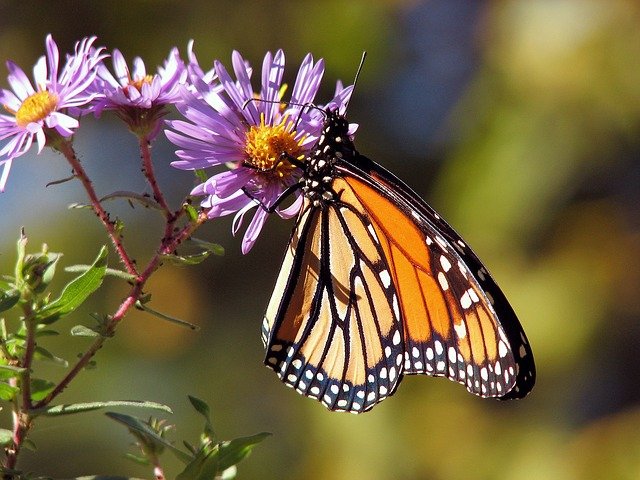Has balcony gardening come into its own yet? Maybe - as a part of the green revolution of cityscapes. But if you still don’t think so, are there things we can do to speed the process? Well, engaging in the time-honored practice of planting native blooming plants that attract native pollinators can certainly be “one of those things!”
Balconies come in different lengths and widths, with all manner of sun exposures. Common to most is that they are usually well off the ground and outside. Bees and butterflies will fly upwards of 150 feet high in search of provisions. Flies and some wasps will too, and they can help pollinate. Think also about purchasing native butterfly chrysalids to populate your garden. So even if your balcony protrudes from the 10th floor, the opportunity is yours to provide a pollinator waystation!

Choices for plant accommodations include lightweight plastic planters and the new planter bags for the balcony floor, window boxes for the rail, and a supporting cast of trellises, small stepladders, and hanging baskets. Drainage holes on the pot bottom are a must. Fill your pots with an appropriate potting medium for flowering plants, not garden soil. To keep it lightweight, mix in additional vermiculite. Place trays under your pots to prevent water seepage beneath them. Avoid pesticides and herbicides, which can kill pollinators.
Select native species common to your area, but avoid highly cultivated varieties (new bloom colors, double blooms, new sizes, etc.), which may not appeal to your winged guests’ appetites nor serve their needs. Water these plants regularly, as containers may not conserve water well. For a breezy, hot, sunny site, some top dressing of the pots with straw may delay moisture loss. You can set up separate pots for each plant (think 10-inch to 12-inch diameter), or with a slightly larger container, combine two or three plants that have similar needs. Keep in mind that deep-rooted plants may not flourish in a shallow window box.

For that balcony bathed in all day sun: try a triad of sunflowers (Helianthus), purple coneflower (Echinacea), and bee balm (Monarda). Consider also New England aster, which will extend the bloom season into early fall. Bees will be happy stopping by for potted catmint, tickseed, and the bee balm. If your garden-in-the-sky is in part shade, try Solomon’s seal, popular with bees in early spring, catmint (Nepeta) for mid-spring appeal, and black-eyed Susan (Rudbeckia) for late spring bloom. Don’t forget to supply a butterfly puddler or other species-friendly watering site to entice your hungry tourists to sample the garden’s delights. Offer several plants of each variety to make it easier for the foraging insects to recognize that “soup’s on!”

The chances are better that you will receive pollinator visits if you can recruit neighbors with adjacent balconies to create a series of waystations. In this fashion, you will support a corridor of habitat for our critical pollinator species. Additionally, you give yourself and your neighbors the pleasure of watching pollinators arrive, explore, and taste-test your “skybox” gardens!
National Garden Clubs, Inc. is a 501(c)(3) organization that aims to promote the love of gardening, floral design, and civic and environmental responsibility. There is a local club near you, click here to find one and join. Subscribe to the NGC’s blog by entering your e-mail here. You do not have to be an NGC member to subscribe. NGC welcomes blog article submissions, e-mail the Blog Administrator at blog@gardenclub.org.
1 Comments
Lincolnshire Garden Club
This is a hopeful article. Will milkweed, Asclepius tuberosa or incarnata survive zone 5+ winters in a pot outside? Several of our members downsized and say that they can't have a garden. It's exciting to learn that natives can grow in pots. Many HOA's currently don't allow native perennials in the garden beds so pots are a great way to get around that rule.

 Board Member Login
Board Member Login Our Store
Our Store Blog
Blog





